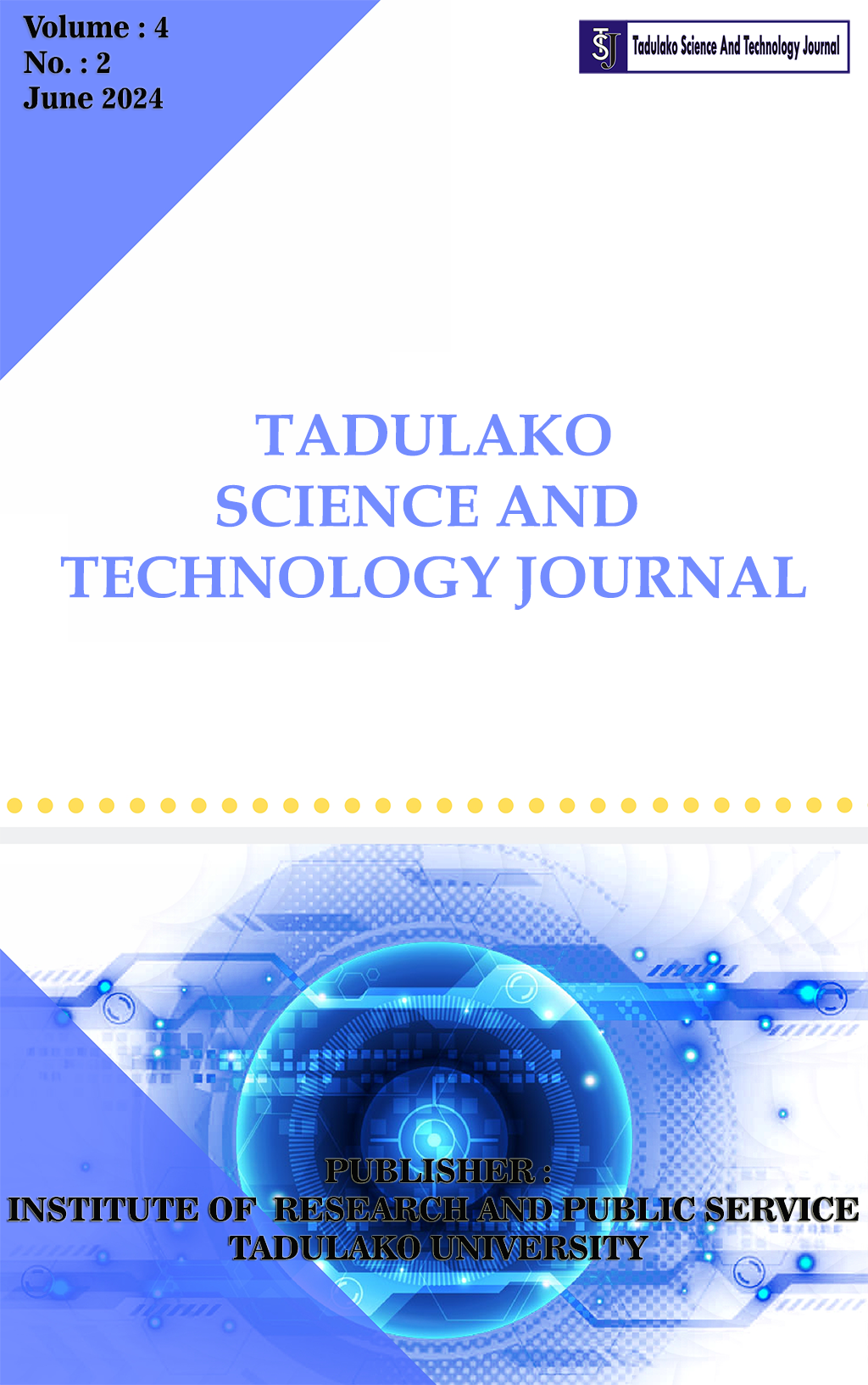Main Article Content
Abstract
Introduction: Erosion can be caused by natural activities or human activities. Erosion events that occur naturally do not cause too many problems, but erosion events caused by humans can cause various problems of land damage or degradation and experience an accelerated rate of erosion. The Dolago watershed has an area of ±17,283.09 ha and is a priority watershed that needs attention because several natural disasters such as erosion, landslides, and floods have harmed the community when rainfall increases. Method: Based on the case above, researchers studied the erosion risk class of the Dolago watershed by combining erosion prediction methods, namely USLE and Geographic Information Systems. Erosion hazard class research was carried out in the Dolago watershed for 3 months, from September to November 2022 using the Universal Soil Loss Equation method and Geographic Information System, namely Overlay of several data (erosion determining parameters) to determine the erosion hazard class in the Dolago watershed. Results and Discussion: The results of research using the Geographic Information System and the Universal Soil Loss Equation method show that the amount of eroded soil in the Dolago watershed is 23,888.80 tons/ha/year and the erosion hazard class is divided into 5 classes, namely Class I (very light) erosion rate <15 tons/ha/year with an area of 15,111.55 ha, class II (light) erosion rate 15 - 60 tons/ha/year with an area of 175.52 ha, class III (medium) erosion rate 61 - 180 tons/ha/year with an area of 1,244.87 ha, class IV (heavy) erosion rate 180 - 480 tonnes/ha/year with an area of 491.66 ha and class V (very heavy) erosion rate >480 tonnes/ha/year with an area of 259.49 ha. Conclusion: Combining the geographic information system and the USLE method, five types of erosion hazard classes can be produced, namely class I classified as very light with an area of 15,111.55 ha percentage of 82.81%, class II classified as light with an area of 193.52 ha percentage of 1.12%, class III classified as moderate with an area of 1,815.52 ha percentage of 10.50%, class IV classified as heavy with an area of 682.32 ha percentage of 3.95% and class V classified as very heavy with an area of 279.56 ha percentage of 1.62%.
